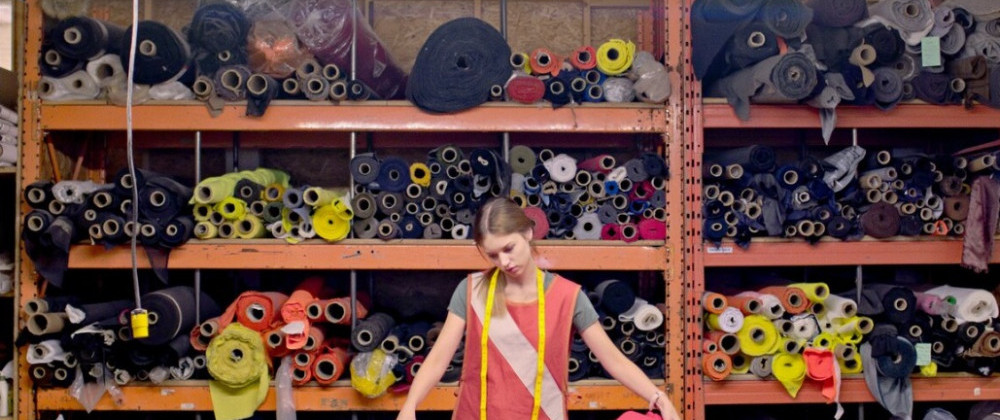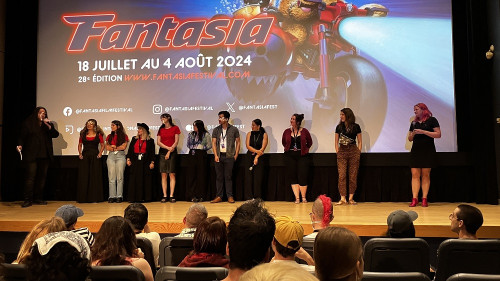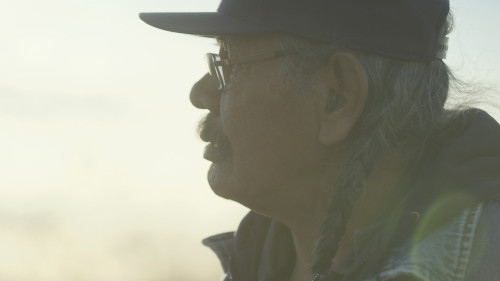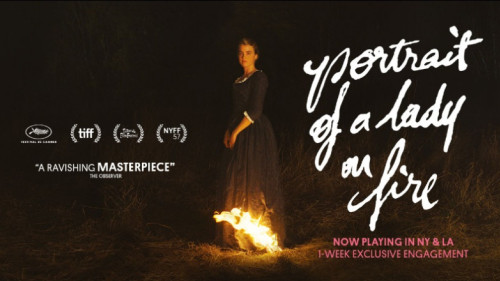Volume 27, Issue 8-9-10 / August–October 2023
Festivals Here and There
In this issue
-

Vancouver’s Narrative Architecture
Dispossessing the Marginalized
-
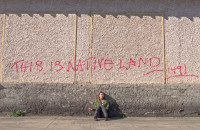
Festival of Nouveau Cinema (FNC) 2022: Three Stand Out Canadian Features
-
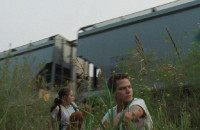
FNC 2022: Reporting My Tastes
-
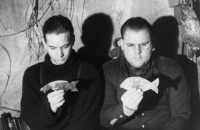
How to Make an Avant-Garde Film Without Completely Disappearing Up Your Own Ass: The 47th Toronto International Film Festival
-
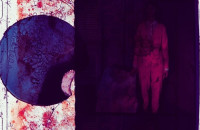
Listening to Voices: TIFF 2023
-

Yes! Let’s Make a Movie Film Festival: Adding Horror to Saturday Afternoon
-
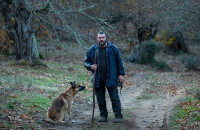
As Bestas (2022): Of You the Tale is Told
-
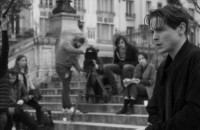
Privileged Position: A Paris Education (Jean-Paul Civeyrac, 2018)
-
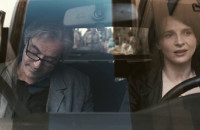
‘Original Copy’: Inverting Platonism in Abbas Kiarostami’s Certified Copy
-
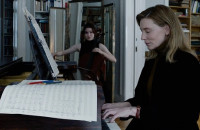
Tár, a Maestro of Evasive Intent
-

The Passion of Joan of Arc: The Censorship and Rediscovery of a Silent Film Classic
-
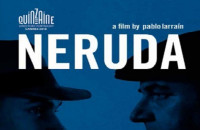
Challenger of Categories: Neruda, a film by Pablo Larrain
-
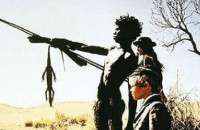
“Nicolas Who?”
An Irreverently Linear Journey through the Films of Nicolas Roeg, Director of Well Over Four Films
-
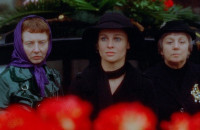
Don’t Look Now (Nicolas Roeg, 1973): A Portrait of Venice in the Winter
-
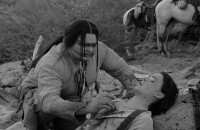
Mirrors, Murders, and Morals: A Reexamination of Jim Jarmusch’s Dead Man
Elya Myers’ essay “Vancouver’s Narrative Architecture” would have been a perfect fit for an earlier Offscreen issue on film and architecture, but the essay was submitted after that issue was published. So this essay is a continuation/call-back to that issue’s concerns. Myers looks at how the urban development of Vancouver (as well as other North American cities) continually overlooked and stripped the rights of the poor and marginalized communities, namely Indigenous, Chinese and Black Canadians. Essentially, the “dispossess[ion] [of] various racialized communities.” Elya Myers' essay reminded me of the NFB documentary Speakers for the Dead (2000) by Canadian filmmakers David (Sudz) Sutherland and Jennifer Holness, which looks at Canada’s historical erasure of a once thriving Ontarian town called Priceville, first settled by a group of about 200 Black Canadians in the 1850s. To quote from my essay on Peck's Exterminate all the Brutes, “The erasure of local (rural Ontario, the second largest Province in Canada, first in population) history is a common thread in all colonial and imperialist Nations, which Raoul Peck’s film Exterminate all the Brutes, expands into a consideration of the same type of historical erasure across the world.” Myers’ essay has an interesting link to my own coverage of the 2022 FNC, specifically Deco Dawson's Diaspora, which looks at a young Ukrainian immigrant trying to settle into North Winnipeg, Canada. Frédéric St-Hilaire has his own report on the 2022 FNC. And Michael Sooriyakumaran returns with his usual coverage of the experimental section of the Toronto International Film Festival, Wavelengths. The final festival coverage piece of this issue is my own coverage of a very small, local Montreal Film Festival, with the energetic title, "Yes! Let’s Make a Movie Film Festival." Completing the triple issue are largely single film or single director essays of largely international origin by both new and regular contributors. Burak Yilmaz reviews Rodrigo Sorogoyen’s 2022 Spanish film The Beasts. Daniel Garrett contributes two articles, one on the French film A Paris Education (Jean-Paul Civeyrac, 2018) and a second on the Chilean filmmaker Pablo Larrain 2016 film, Neruda. Chilean filmmaker Pablo Larrain has spent his relatively young career creating impressionistic accounts of Chile’s turbulent 20th century, with historical portraits of important social and political figures. Politics interacts with art in the form of the ‘larger-than-life’ figure, poet Pablo Neruda, the subject of his 2016 film, Neruda. Writer Daniel Garrett reviews the grand, multi-genre film, drawing from both the director’s partly comical, partly noir tone and Neruda’s modern, yet populist poetry. Garrett explains, “Pablo Larrain’s motion picture Neruda (2016), which Larrain described as a metafictional labyrinth, is full of strange landscapes and luxurious interiors, and features an actor, Luis Gnecco, who bears a genuine resemblance to the poet, balding, plump, impish, and both Gnecco and Neruda share a resemblance to Alfred Hitchcock, whose oeuvre haunts this film. Neruda was photographed in about seventy locations over fifty-five days; and the film seems both natural and theatrical, utilizing color tinting, rear screen projection, and diverse genre conventions.” Zina Giannopoulou writes an intriguing essay on Abbas Kiarostami's enigmatic masterpiece Cerified Copy. Bora Rex looks at Todd Fields' Tár, a stylistically impressive film matched by an outstanding performance by Cate Blanchett as a fictional star composer whose toxic abuse of power knows no bounds. Rex writes, "Field’s directorial decisions, making Tár formally challenging and narratively teasing throughout, allow the film to cultivate for itself the character and mystique of the difficult-genius maestro." Patrick Galvan returns with a study of the troubled print history and more recent rediscovery of Carl Dreyer's silent classic, The Passion of Joan of Arc (1928). We have Nicolas Roeg times two, with an overview of his career by Mike LeSuer, which considers his whole career including sidebar projects, television work, digressions constrasting him with contemporary David's, Cronenberg and Lynch, and critical works about him. And Xavier Martinez analyzes the representation of Venice in winter in Don't Look Now. The final article is Anna Tatelman's "reexamination" of Jim Jarmusch's Dead Man (1995). (Donato Totaro, ed.)

